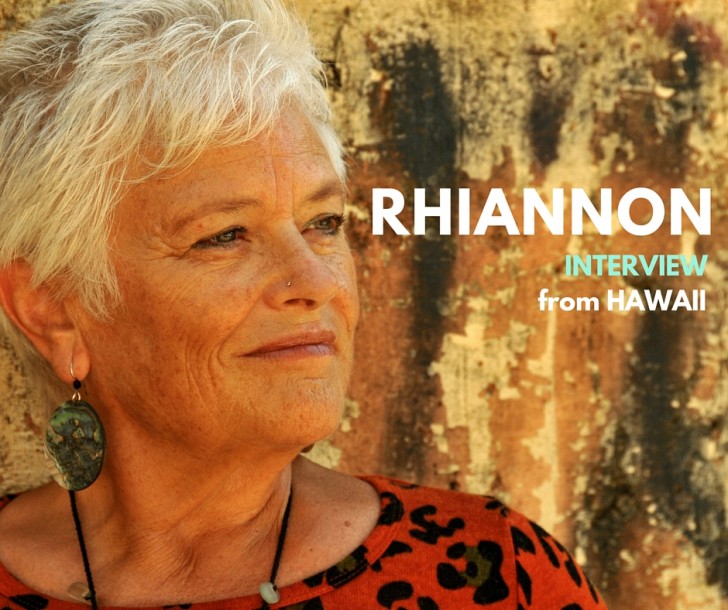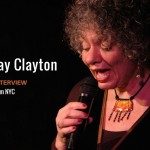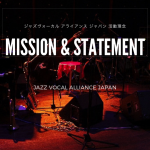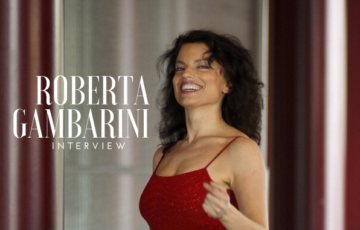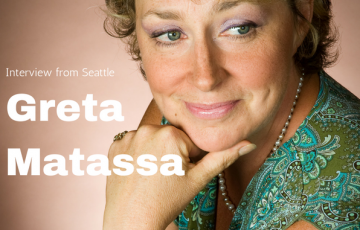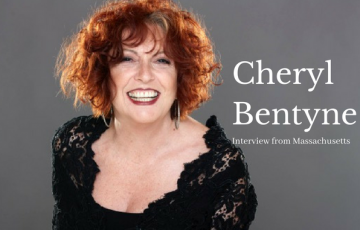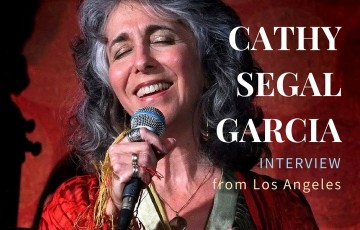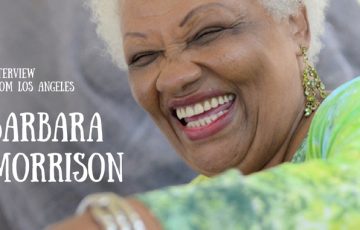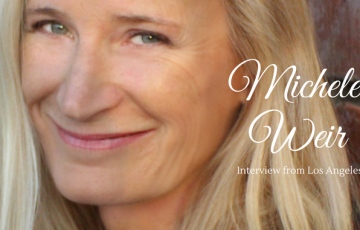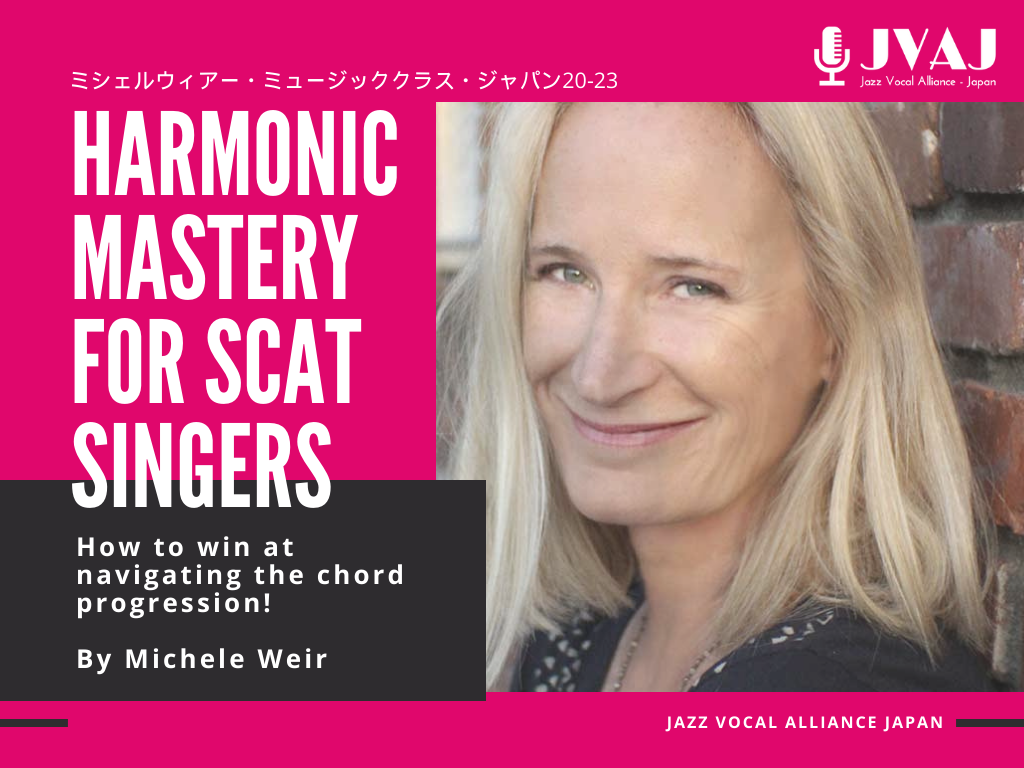- English (United States)
- 日本語
With a vision of music as a vehicle for innovation, healing, transformation, and social change…
Rhiannon lives and works the rest of the year on her farm on the Big Island of Hawai’i, cultivating the arts through farming.
Rhiannon – Biography
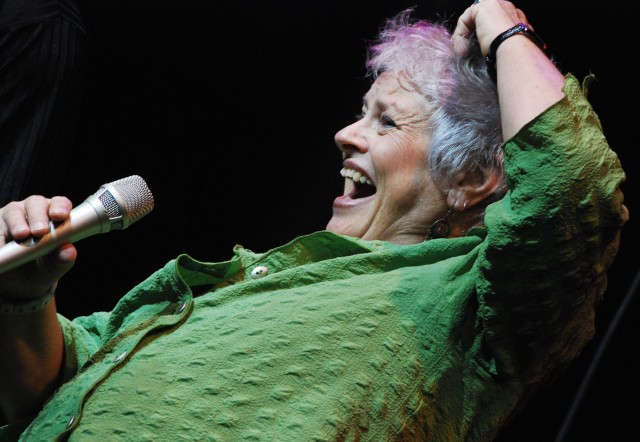
Rhiannon
Rhiannon is a vocal artist with a vision of music as a vehicle for innovation, healing, transformation, and social change.
From her stellar collaborations with the all-women’s jazz ensemble Alive! to a cappella ensemble SoVoSo’ to Bobby McFerrin and Voicestra, Rhiannon has paved a unique path as an independent artist. In recent years she has continued to refine her improvisation work by performing in the a cappella trio WeBe3 with Joey Blake and David Worm, both 25-year members of Voicestra.
Rhiannon also is working with renowned instrumentalists Abraham Laboriel, Alex Acuna, Otmaro Ruiz and Jetro Da Silva in an ensemble known as Spontaneous. Both groups tour internationally, giving completely improvised performances.
Rhiannon’s new book about her life and teaching methods, Vocal River, The Skill and Spirit of Improvisation was published in 2013. The powerful body-based vocal improvisation and sound healing process that Rhiannon teaches internationally includes a year-long training called All The Way In.
Rhiannon lives and works the rest of the year on her farm on the Big Island of Hawai’i, cultivating the arts through farming.
Interview
-
IHello Rhiannon! How did you feel about going to L.A. this past November? (About the workshop at LACM: Jay Clayton, Rhiannon produced by Cathy Segal Garcia.)
I loved that it was 3 days long, because we really went deep. I loved that it had 10 international voice students, as well as people up into their 60s from America.
The mix of those two groups was so good for everybody. And I loved that it was in a music school..something about that environment (hearing the drummers and bass players practicing) …the vibes were musical.
It was my first time teaching with Jay, and we come from different perspectives about improvisation. People got those two perspectives and could choose what was useful to them.
-
Have you ever been to or sang in Japan? If so, what brought you to Japan? What did you like about it? If not, are you interested in working in Japan?
I went 2 years ago with my dance collaborator from Hawaii, Shizuno Nasu. She was trained in Shinto temples, and has been a professional dancer since her teenage years, very immersed in improvisation. She took us (Janne and I) on a 3 week trip, all the way from Osaka to Hokkaido, where we created performances with Janne’s photos on a huge screen behind us.
We were singing and dancing within the photos. Shizuno’s husband, Susumu Sakaguchi who is a famous Japanese painter, had his paintings on the screen as well. It was performance art. Shizuno and I were improvising.
We had musical guests, meeting and improvising, in each city. In Hokkaido we performed with 4 women from the Ainu indigenous tribe who danced and sang their traditional pieces while we improvised. It was an incredible experience to meet Japanese artists in each city and find a way to create on stage.
The piece that was missing for me, was the connection to jazz. I would love to go back and do more, connected to the jazz community.
-
Could you tell us about a couple of your most favorite musicians?
Bobby McFerrin is a great teacher of mine. Betty Carter, Stevie Wonder, Joni Mitchell, Kurt Elling, Norma Winstone, Sidsel Endresen from Norway. The classic great women jazz singers. And Lambert, Hendricks and Ross… I was listening to a lot of those artists in the beginning.
Then I listened to horn players. I learned a lot of bebop heads, but it wasn’t my favorite music. I liked Miles Davis, Bill Evans. Then World music, and singer/songwriters as well. Nina Simone. I went through a period of years where I was only singing with a bass player, Bill Douglass, from the Bay area in California.
-
What part of singing Jazz you love the best? And what is your strong point as a jazz singer?
I love the training that you get from learning beautiful jazz songs…melodies, harmonics, rhythm, chord changes. Such good training. Even though I don’t really sing the jazz repertoire anymore, it’s always part of what I do.
It taught me to be my own kind of singer. I heard such great music, that was so individual and unique that it pushed me to find my own way. Maybe this is why when I improvise lyrics, there is a feeling of song form. I love song form. When I’m practicing at the piano there’s a stack of songs that I’m working on. They give me a kind of home-base.
-
What do you care most as a jazz singer in your music?
That the traditions of jazz are respected and the music is always regenerating and reinventing itself.
-
How about the recording? Could you share your experience about CD making? What did you like about recording them?
Realizing that it’s another art form, a different art form from performing and teaching.
I thought it was an extension of those things. But, when you get into the studio…the pressure of listening to yourself…you find out what is possible.
I could create different parts and put them together, or I have to leave space somewhere… because it’s not a live performance. I’ve met some great musicians while recording.
Hiring one player to come in to do something specific. Magical things can happen there. I met Alex Acuna and Abraham Laboriel in that way.
We went on to create an ensemble called Spontaneous and recorded a live studio album by the same name. Completely improvised in front of an audience. But I don’t find it easy. It’s a challenging and wonderfully creative experience.
-
And what do you care most as a teacher?
That my students treat their voices with respect and their bodies with respect. That they explore their uniqueness, and find a way to live out their visions as artists.
And I love when they improvise, because not everyone does, even if they study with me. I love when they have integrated improvisation in their own way into their repertoire and performance style.
-
Please let us know about your book “Vocal River”, workshops and mastery level program “All the way in”.
Look on my website…there’s a lot of materials and information there. I wrote the book so I could write about my method of teaching improvisation. Otherwise I felt I was not giving my students a good chance to learn it from me.
I loved writing the book! It was very clarifying, very strengthening.
ALL THE WAY IN is a chance for me to have a whole year with a small group and watch them change and grow. I believe in those long-term studies rather like a graduate school setting. I see how they become colleagues and collaborators with each other as well. It’s a profound experience for me. Please come!
-
And also about Leo Nani Farm.
I grew up on a farm, my wife grew up on a farm. We’re both artists. We wanted to create a working farm that would be a home for the arts as well.
Now it’s working, we’re growing food, we have farm animals. Now we want to build the music studio for various arts especially a home for Vocal River and a teacher training center for that work.
-
Please let us know about how you keep yourself so creative and keep giving a lot to people around you.
The farm is restores me after a music tour. A music tour reminds me of the gifts of singing and teaching in many places around the planet.
What an inspiring combination: farming, teaching and performing.
My students are generous and constantly evolving while my musician collaborators in performance push me to grow on stage in all ways.
And the music itself is constantly finding ways to keep everything in life vibrating.
-
For the closing of this interview, what do you love about jazz? Could you give any messages for singers in Japan? Do you welcome a singer if they say that she/he would love to visit you and Leo Nani Farms someday? If you have anything to say, please let us know!!
Japanese jazz singers should first learn the repertoire, and then find out how it lives in a Japanese person. Be sure to include your own culture somehow. Improvisation can be a remarkable teacher in that way.
With free improvisation you’re going to express yourself from your culture while using the jazz forms to hold the music. I would love to come back to Japan.
I’m very interested that international music helps us understand each other. The Japanese students are so close to Leo Nani farms, only one flight for eight hours and you are here! Please come! I sometimes do sessions with small groups of people who know each other…you can come stay close to the farm and work with me in that way…
-
If it is possible, please let us know about the relationship between Cathy and you…
Cathy and I are bonded by our love of community and understanding that it’s hard to make this music life work without community. Being a single jazz singer feels like pushing a big stone up a hill alone.
I’m fascinated by what Cathy is doing in the huge city of L.A. She is doing it by being generous, helping people feel they’re part of something. No competition, just love of the music and realizing the power of creating a music scene that has room for many people.
The reason I started teaching on my own was that I wanted to teach people not to compete, but to support. The exercises I’ve learned through Bobby McFerrin are about seeing the uniqueness of each person and how can you support each other. In New York City, Sheila Jordan, Jay Clayton, and dear Mark Murphy…they tended to support each other, do group concerts, support the young singers by going to their concerts and teaching them the roots of jazz.
I believe that there’s enough room, if you don’t think of yourself as competition. Cathy and I both know that community is an important part of being a musician. A choir, a band, that’s what makes it so much fun…groups, not alone! We are both pretty strong physically and have long careers that allow us to build a big network of people. You have to have stamina.
I love Cathy’s band singing and her vocal improvisational group, Fish To Birds.
I love that she does both. I admire that she’s in everyone’s corner authentically. It’s huge, a shining example for everyone who knows her. Skill, stamina and generosity; she’s in it for the long haul.
Thank you very much!!!
*This interview was done by Cathy Segal Garcia with our offer. Thank you Cathy!!
